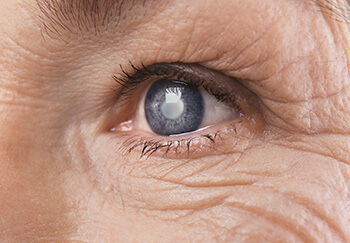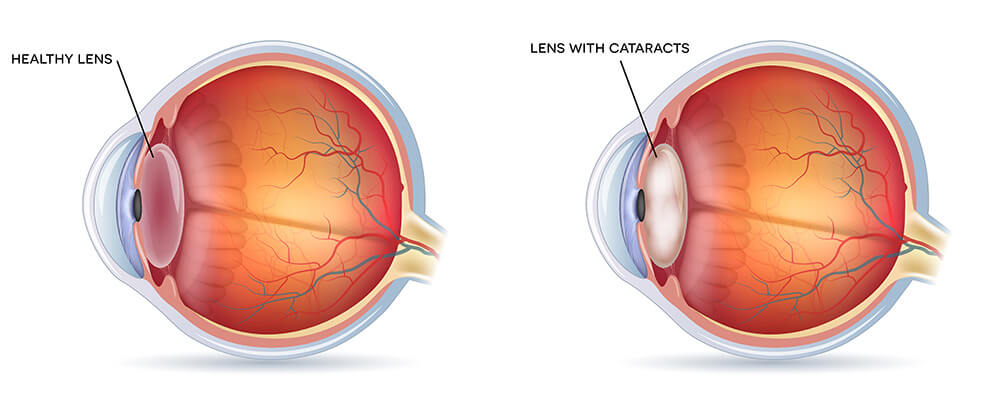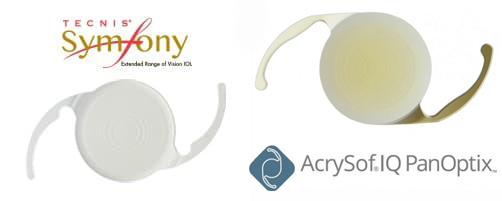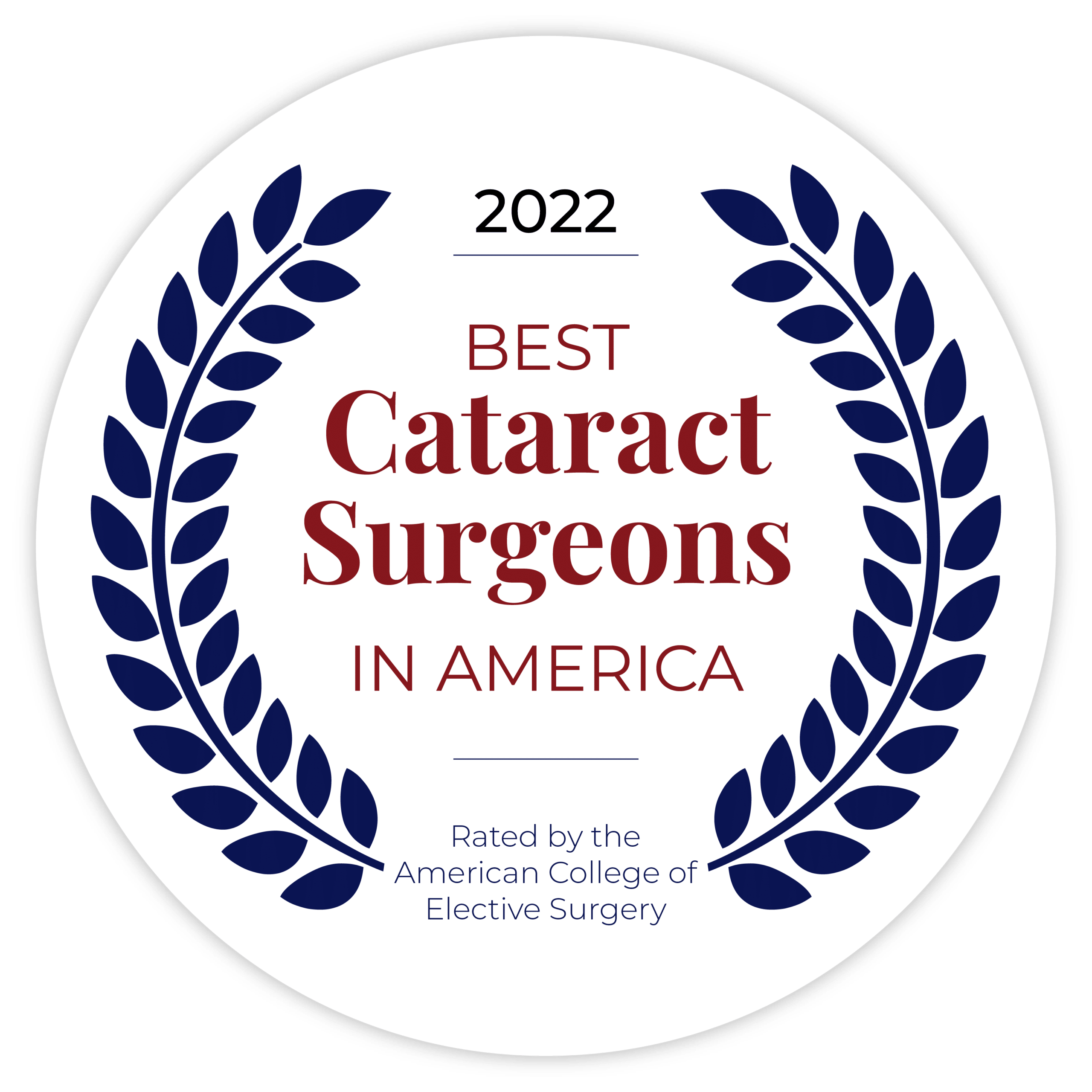Cataract Surgery in New York

Cataracts are very common in older people. In fact, by the age of 80, more than half of Americans have had cataracts.
It is usually not necessary to remove cataracts unless vision loss interferes with daily activities. Cataract surgery is the most effective and safest eye surgery performed today. There are over 3 million surgeries performed each year, giving patients clearer vision and improved quality of life.
What are the Symptoms of Cataracts?
- Cloudy or blurry vision
- Glare – headlights, lamps, or sunlight appears too bright
- Poor night vision
- Frequent prescription changes in your eyeglasses or contact lenses.







How do you Treat Cataracts?
Most age-related cataracts develop gradually, and you may not immediately notice changes in your vision when cataracts first develop. A comprehensive examination can detect if a cataract is present.
In the beginning, your cataract may be treated simply by new eyeglasses, anti-glare sunglasses, magnifying glasses, or brighter lighting. When your quality of life is affected, your doctor will talk with you and help you make a decision as to when to have cataract surgery. This involves removing the cloudy lens and replacing it with an artificial lens – called an intraocular lens – or an IOL.
What is Cataract Surgery like?
About one to two weeks before your surgery, your doctor will perform tests to determine the proper prescription of the implant lens. You and your doctor will discuss your lifestyle and vision needs to best determine your choice of IOL.


Cataract surgery is an outpatient procedure and usually lasts about one half hour. A local anesthetic is used to numb the area, and you may be given a sedative to help you relax.
Cataract surgery is done by a procedure called Phacoemulsification, or Phaco. A small incision is made on the side of the cornea, the clear, dome-shaped surface that covers the front of the eye. Your doctor then inserts a tiny probe into the eye. This device emits ultrasound waves that soften and break up the lens so that it can be removed by suction.
Your doctor will then remove the cataract and replace it with your new IOL. Since the incision is small, it is self healing and does not require suture closure. Immediately after surgery, your vision may be blurry and your doctor will have you use eye drops to help the healing process. You can expect your vision to begin improving within a few days. You will set up appointments to see your doctor to monitor your progress.
Most cataract surgery patients are able to return to normal daily function very soon after surgery.
Problems and complications of cataract surgery are minimal, but every surgery is serious and has its risks and you should discuss these and other potential complications with your doctor.
Through advances in both cataract surgery and Premium IOLs, nearly all people are experiencing full restoration of their vision more than ever before. There are many different types of intraocular lenses available for implantation, including monofocal, toric, and multifocal and accommodating intraocular lenses.
The doctors at Fifth Avenue EyeCare & Rosenthal Eye Surgery perform the finest cataract procedures with hundreds performed each year and offer proven quality lenses in Premium IOLs.

